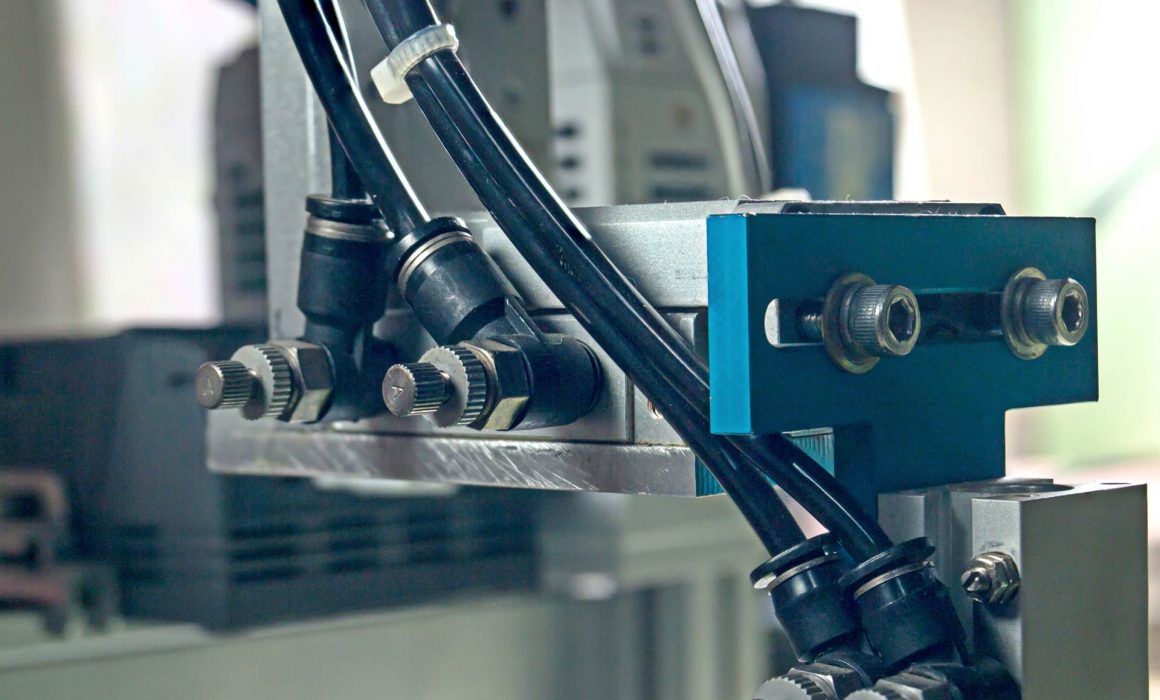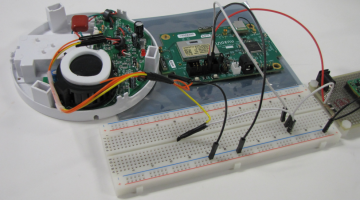What Rectangles Teach About Battery Life
One of the key technology developments that enables the IoT to reach its vision is much better battery life in wireless technologies. It’s important because it allows for devices to stay out in the field, serving its purpose without needing to be serviced (which costs a lot and reduces the product’s overall ROI). That’s why so many in the low-power, wide-area (LPWA) space are clamoring to claim long battery life.
Many try to look at the transmit power used to send a signal as a single metric for comparing battery life. Battery life is one of those complicated beasts that unlike coverage, which can be summed up using link budget, requires the whole system to be in place before you can know what it really is.
When it comes to battery life, it is better to transmit quickly at a higher power, than to transmit slowly at a lower power. Why? Well, that’s calculus my dear fellow! If battery usage is the area under the curve, then you want to minimize the area under that curve. So sending one acknowledged message at high transmit power very quickly (RPMA) uses far less battery than sending a single message three times because it isn’t acknowledged using less transmit power (e.g., Sigfox & LoRa technologies). Here’s a picture to demonstrate:




 moments later, there was a story siting an audit which had been done on the
moments later, there was a story siting an audit which had been done on the 
 Max Gibbons’ blog series
Max Gibbons’ blog series 



 While the focus of many around the world has recently been on the lead up and outcome of the US presidential election, there is a significant technology conference on the other side of the world that has attracted more than 72,000 people, including technology leaders and celebrities, to discuss the future of the internet. The timing of this conference could not be any better.
While the focus of many around the world has recently been on the lead up and outcome of the US presidential election, there is a significant technology conference on the other side of the world that has attracted more than 72,000 people, including technology leaders and celebrities, to discuss the future of the internet. The timing of this conference could not be any better.




